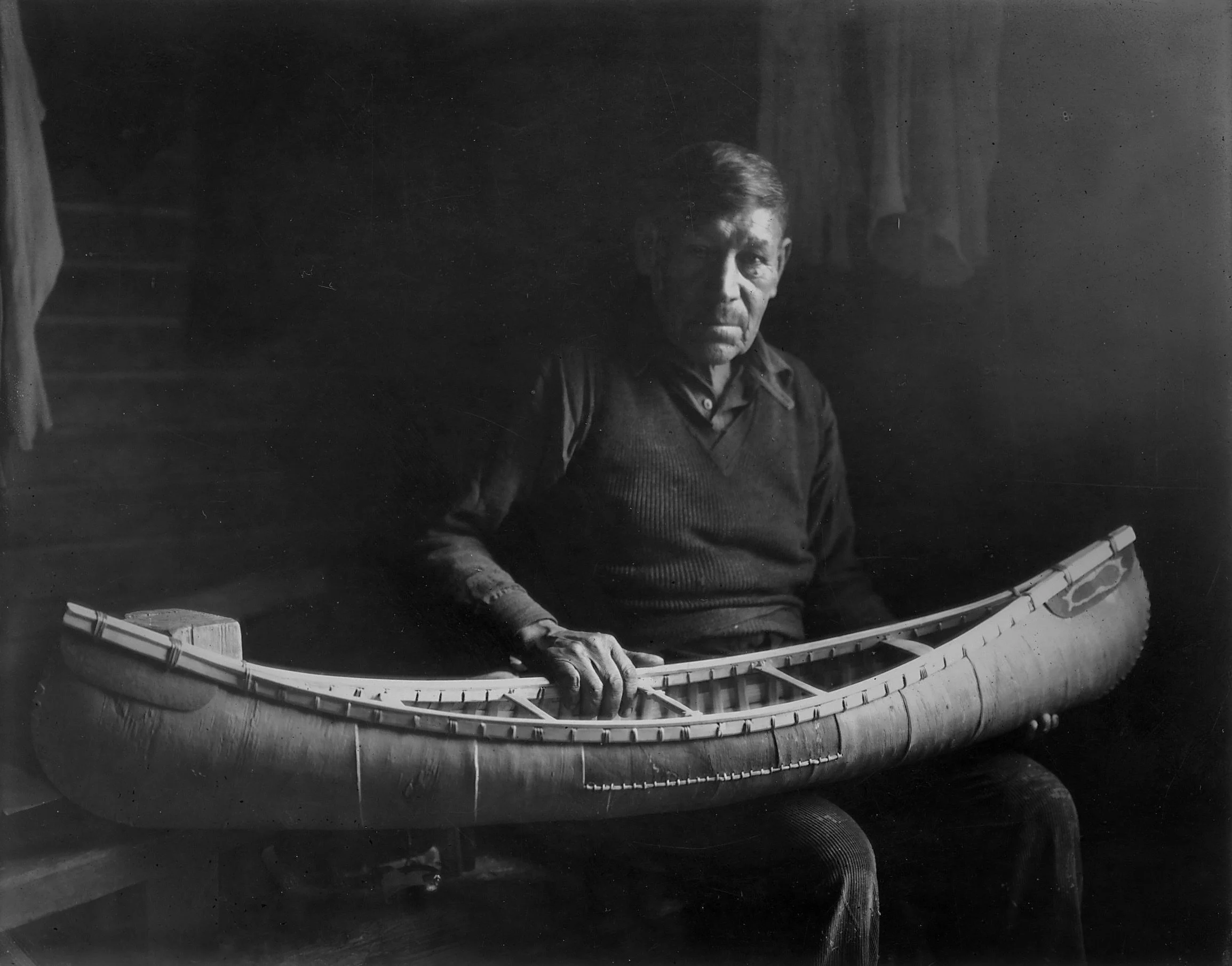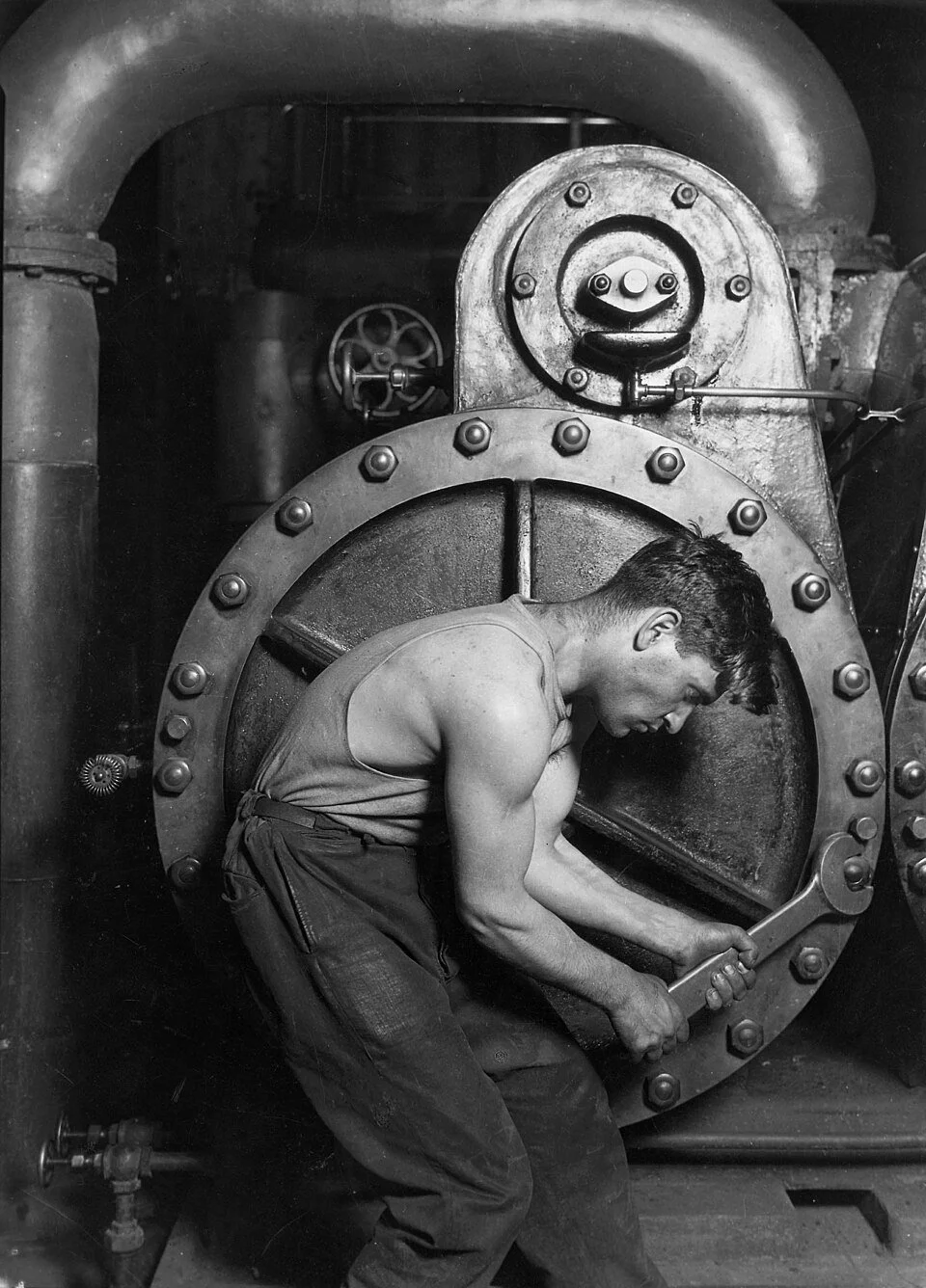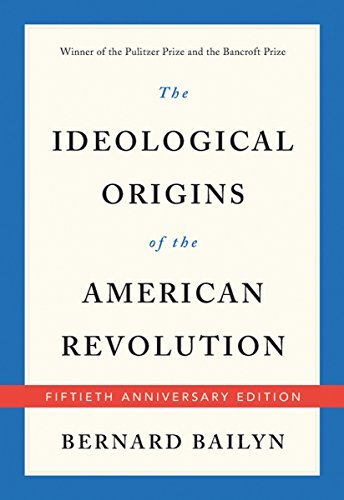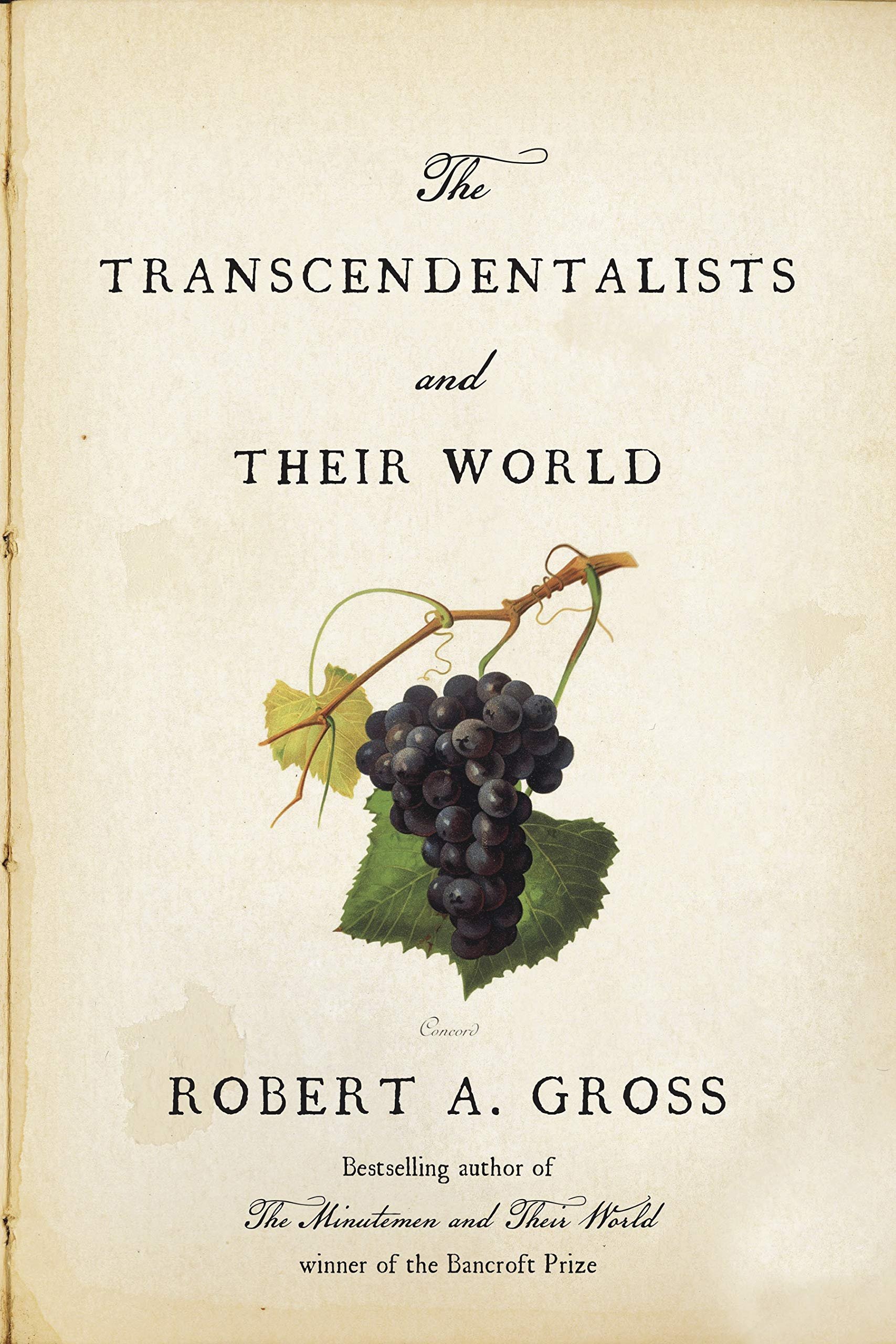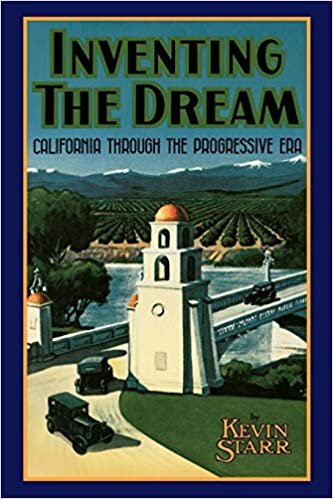THE AMERICAN CRAFTSMAN INITIATIVE
A Wisdom of Hands
They work as if this were the natural thing to do; they create as if this were the natural thing to do; they give birth to beauty as if this were the natural thing to do. They have entered the way of salvation through unknowing faith. It is a path open to all. And once they have entered this path, the creation of plain, natural beauty becomes a thing of ease, a matter of course. This natural, unforced beauty is the result of a kind of unknowing grace. This grace is a special privilege of craftsmen and leads them to a realm of blessed unknowingness.
Soetsu Yanagi, The Unknown Craftsman
A Keystone Initiative of Cultural Reclamation and Renewal
At the Heart of the American Founding Experience
The hand is the cutting edge of the mind.
Jacob Bronowski
The American Craftsman Initiative is a cultural first branching of our work at the Innermost House Foundation, sheltering one half the whole of our cultural Old Growth ecosystem. It has its rooting in the parent tree from which all our projects of Nature and Craft, Thought and Spirit, Society and Solitude emerge as fruit, the unitive seed into which all converge again. In the natural succession of forest trees, it is the material expression of a more-than-material spirit. It is the elder and the offspring of our existence.
Our Wisdom of Hands Project is a pilot research and teaching curriculum of the Innermost House Foundation, a 501(c)(3) nonprofit educational organization based in California and Virginia, in cooperation with the Osher Lifelong Learning Institute and the Mason School of Business at William & Mary, drawing upon the unique resources of Virginia’s Historic Triangle, including Colonial Williamsburg, Jamestown and Yorktown, the National Park Service and Preservation Virginia.
The Project exists to put the questions and speculations of academic material culture studies under the lens of living history, experimental archaeology, and archetypal phenomenology. It seeks a wisdom at once thoroughly cosmopolitan and distinctly American. It persistently asks what the American Craft Tradition is, how it is different, how it came to be and passed away, and what role it has now to play in the reconstitution of a truly American Wisdom Tradition.
——-
The Initiative exists to triangulate America’s composite founding culture between the indigenous craft traditions of Native America and the ancient craft traditions of Africa and Eurasia, thus to reclaim to individual possibility the promise and aid of a universal human archetype: the genius of Elderhood, a perennial autumn wisdom equal to the unseasonable challenges of the modern world.
What is a man born for but to be a Reformer, a Remaker of what man has made; a renouncer of lies; a restorer of truth and good, imitating that great Nature which embosoms us all, and which sleeps no moment on an old past, but every hour repairs herself, yielding us every morning a new day, and with every pulsation a new life? Let him renounce everything which is not true to him, and put all his practices back on their first thoughts, and do nothing for which he has not the whole world for his reason. If there are inconveniences, and what is called ruin in the way, because we have so enervated and maimed ourselves, yet it would be like dying of perfumes to sink in the effort to reattach the deeds of every day to the holy and mysterious recesses of life. Ralph Waldo Emerson, Ralph Waldo Emerson, "Man the Reformer"
THE AMERICAN CRAFTSMAN
A WISDOM OF HANDS
The Archetypes of American Craft
The hands are the cutting edge of the mind.
Jacob Bronowski

